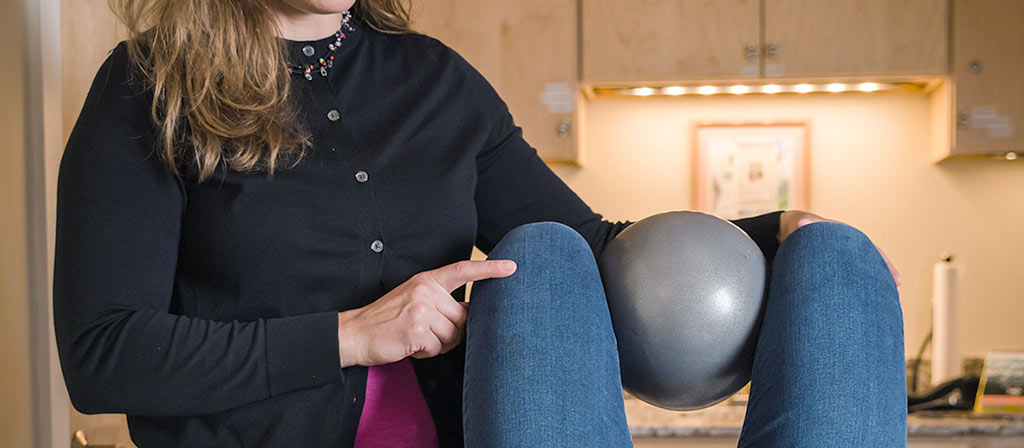Pelvic physical therapy is more than just Kegels!
While pelvic floor muscle exercises are very important, they are only one very small piece of the care provided by pelvic physical therapists. Other treatments utilize neuroscience, knowledge and adjustment of posture and body alignment, behavior retraining, down-training techniques, relaxation and breathing techniques, manual therapy including myofascial release, scar tissue/adhesion mobilization and release, bowel and bladder retraining, and much more. A physical therapist also provides education in visits, so that clients understand what is going on within their body and how the exercises and treatments are designed to help. Each treatment plan is based on a client’s presentation and symptoms, so is fully individualized, and then integrated into the plan of care from their OB physician, midwife, primary care provider, or colorectal, urology, urogynecology, or gastroenterology specialist.
If you can answer YES to any of the following questions, you might benefit from seeing a pelvic physical therapist:
- Do you leak urine?
- Do you have strong urges to urinate that you can’t control?
- Do you get out of bed to urinate more than once per night?
- Do you urin ate more than every two hours during the day?
- Do you have pain with urination or bowel movements?
- Do you have difficulty initiating a urine stream?
- Do you have to strain for bowel movements?
- Do you have fewer than 3 bowel movements per week?
- Do you have abdominal or genital pain during or after sexual activity?
- Do you have abdominal or genital pain that prevents you from participating in your regular home, work, social, or recreational activities?
- Do you often hold your breath?
- Do you have recurrent or unresolved low back, hip, or pelvic pain?
- Do your abs bulge with exercise of lifting?
- Do you have pressure or bulging in your perineum?




